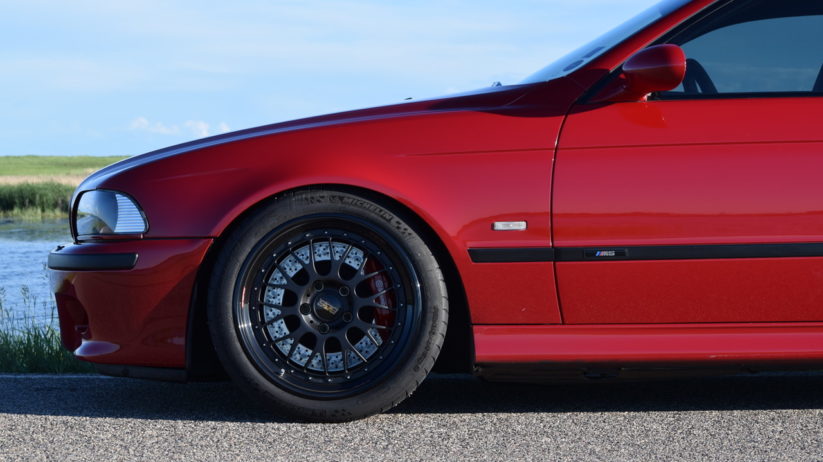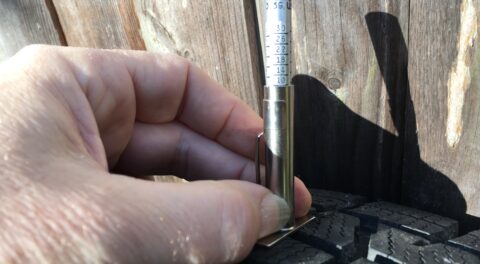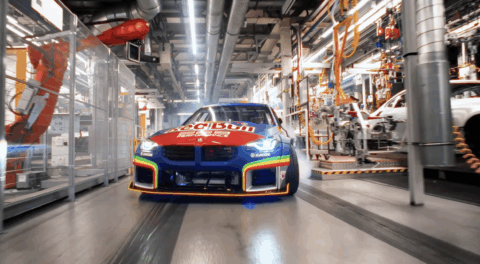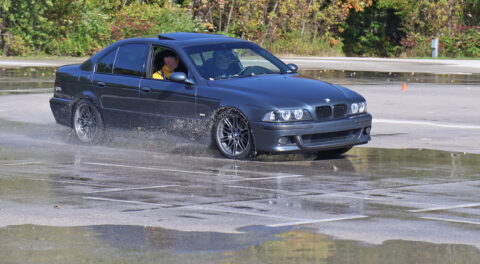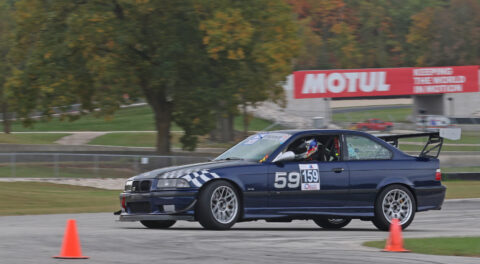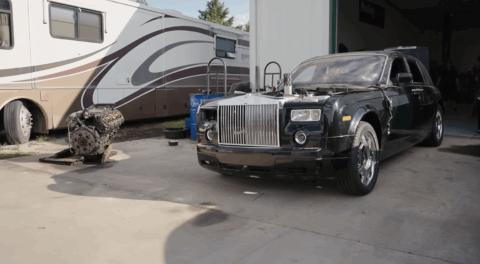The S62 V8 is one of BMW’s best engines. Enthusiasts get very excited about race-proven technology in their cars, and the S62 is one of the few engines that was truly full circle in this regard. Designed during the mid 1990’s, the S62 took double VANOS variable cam timing, technology only found on the S50B32 Euro inline-six and the incredible S70/2 V12 of the McLaren F1, and applied it to the V8 architecture, where it was flanked by other M trademark componentry like individual throttle bodies.
This isn’t the end of the story though, as before long, a pair of S62s would find their way into the engine bays of two Rolex Grand-Am E46 M3 race cars. Prepared by Prototype Technology Group (PTG), which was essentially BMW’s North American factory racing effort at the time, these engines were used for just a short time before the P60B40 arrived on the scene, but quickly established their dominance prior to regulators adding weight and restrictors to allow the rest of the field to be more competitive. Later in the same decade, Dinan designed their own version of the S62, the S62DP, for use in IMSA Daytona Prototype competition, where the engine design once again found success on the grid.
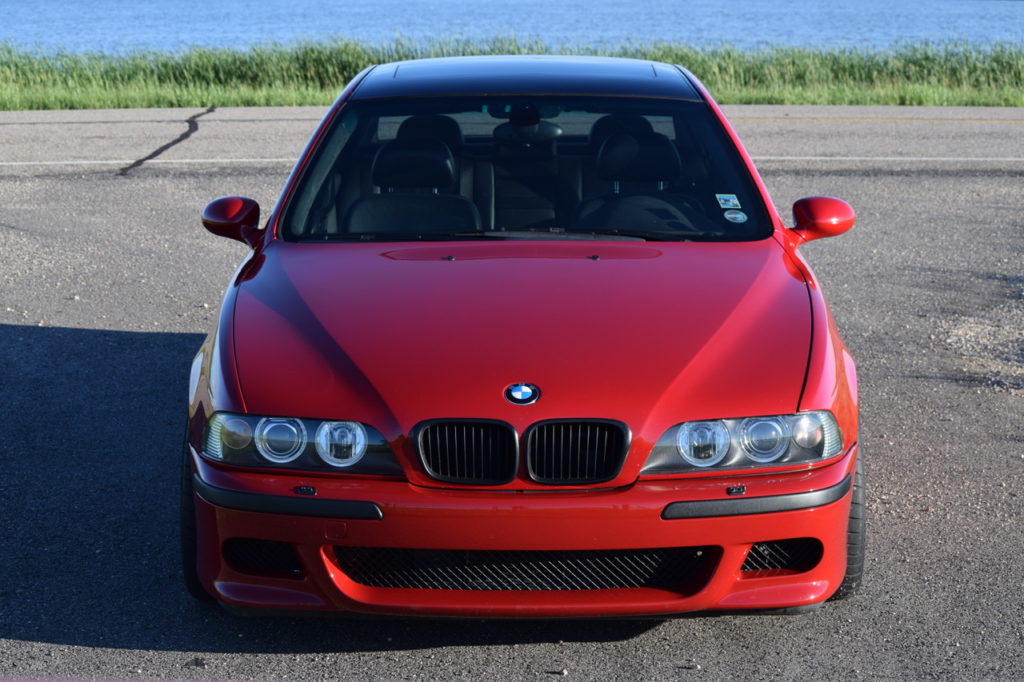
Race car-level power in the garage is a dream many enthusiasts fantasize about, but reliability and usability concerns typically quash such delusions before the first aggressive camshaft has even been ordered. What if there was a way to do it practically though, and in such a way that made the car better and more valuable than it was before, without sacrificing the other characteristics that made it great to begin with? BMW CCA North Star Chapter member Jackson Richter has found a way.
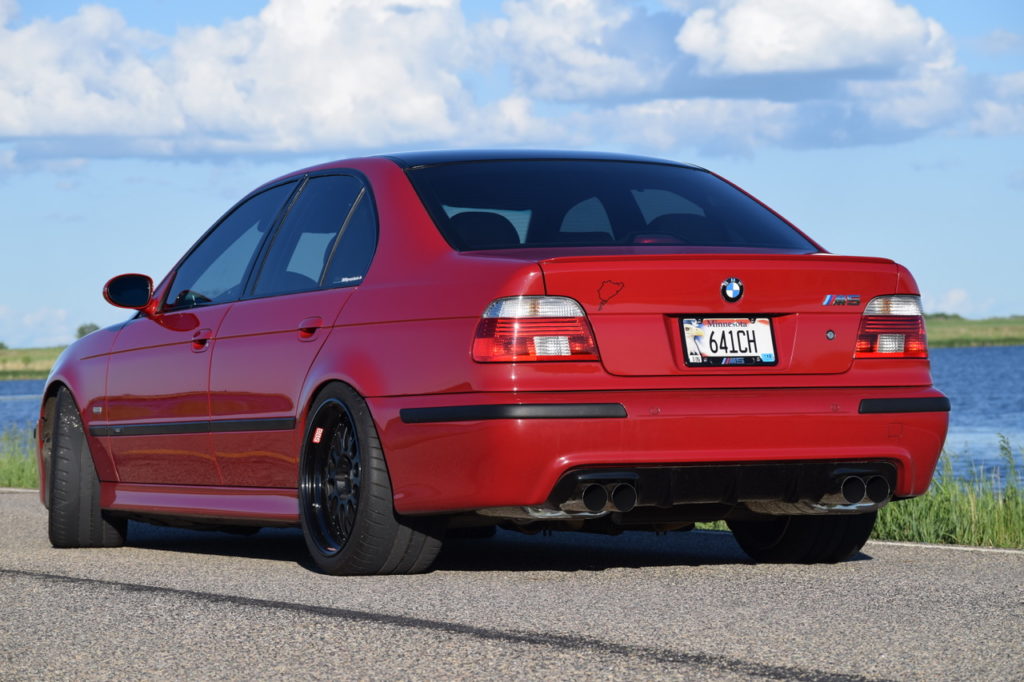
Inspired by Odin’s Warhorse, one of three Z8 roadsters with a Dinan S62 Daytona Prototype V8 making over 550 horsepower under the hood, Richter embarked on the project back in 2016. The undertaking began as a simple repair and maintenance endeavor, but quickly snowballed into an engine rebuild when the internals of his 2002 M5’s S62 dictated so. It was around this time that Richter formulated the idea of rebuilding the engine to a higher spec, similar to what PTG did back in the early 2000’s, as a sort of tribute to the events that subsequently played out.
Although the project would take years and substantial resources, Richter’s timing couldn’t have been better, as the E39 M5 is currently in the midst of its own renaissance, and what is more captivating than an example that uses componentry from one of BMW’s most memorable racing periods?
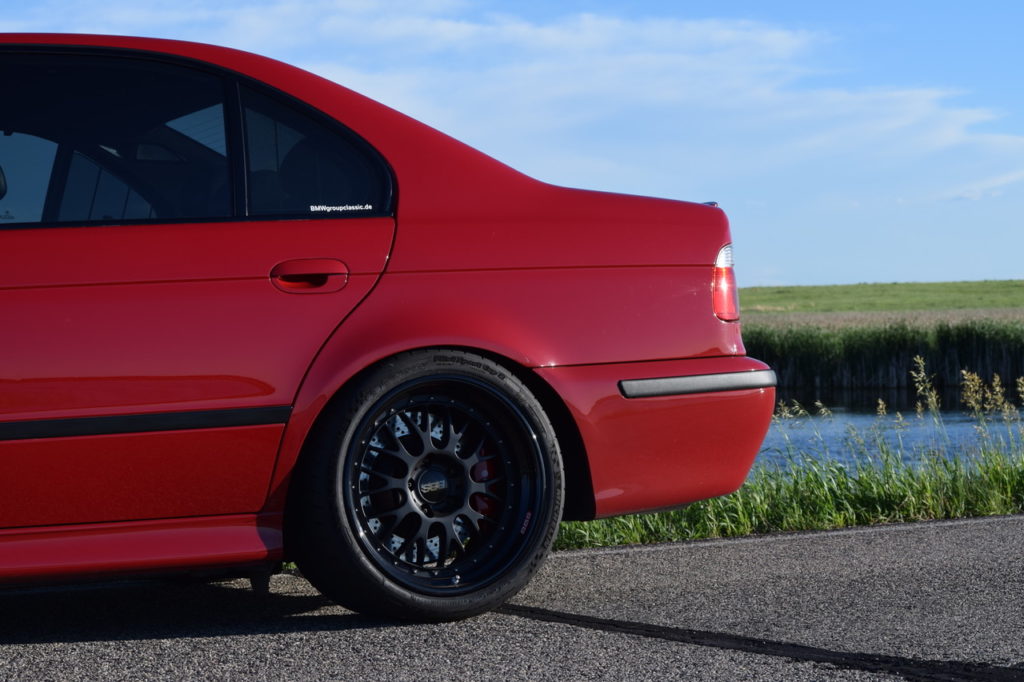
Initially turned down by more than one shop after they came to understand the full scope of the project, Richter eventually came to an agreement with Chris Fletcher, a former PTG technician. The block and other components from Richter’s S62 engine were shipped down to Fletcher, who embarked on a Grand-Am spec rebuilding using leftover PTG spares. During the process, nearly every wear part in the engine was replaced, and in addition to the PTG internals and other bits, Dinan Daytona Prototype-spec cylinder heads were also used, which were built by the S62 Shop.
The end result is something incredible. The E39 M5 was a breathtaking performer when new, and twenty years after introduction, it has solidified its position as one of the most celebrated BMW models in the brand’s history. Jackson Richter’s M5 has been elevated to a new level of performance and presence by way of the hybrid Rolex Grand-Am and Dinan Daytona Prototype engine, perhaps making it the ultimate interpretation of what was already one of the ultimate performance sedans.
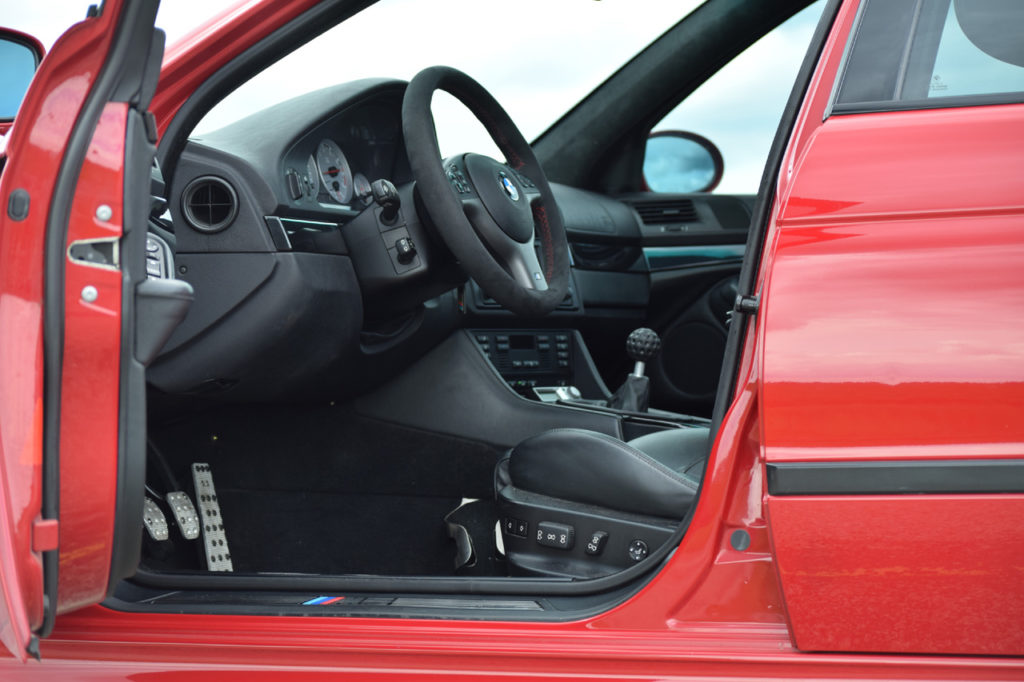
Completed just in time for the 5th of May, 2018, Richter has spent a year breaking things in, reports that the car is an incredible experience on the street and track. With over 550 horsepower, the race-bred S62 revs to almost 8,000 rpm (a conventional S62 redlines at 7,000) and has a distinct sound that will instantly transport race fans back to the glory days of the E46 M3 in ALMS and Grand-Am.
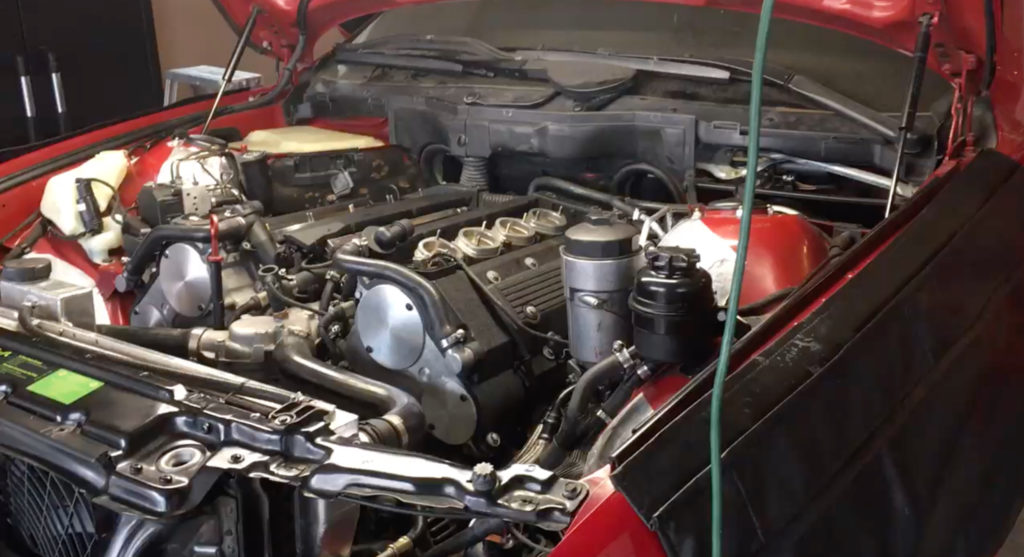
The journey wasn’t without difficulty, as the process involved with reinstalling the built engine back into the car hit many snags, and the race-spec unit is actually tuned using a factory E39 M5 DME. Nonetheless, after almost two years off the road, and after dispatching numerous minor issues like coolant and oil leaks, electrical faults and other problems, things came to their rightful culmination, and Richter finished the build.
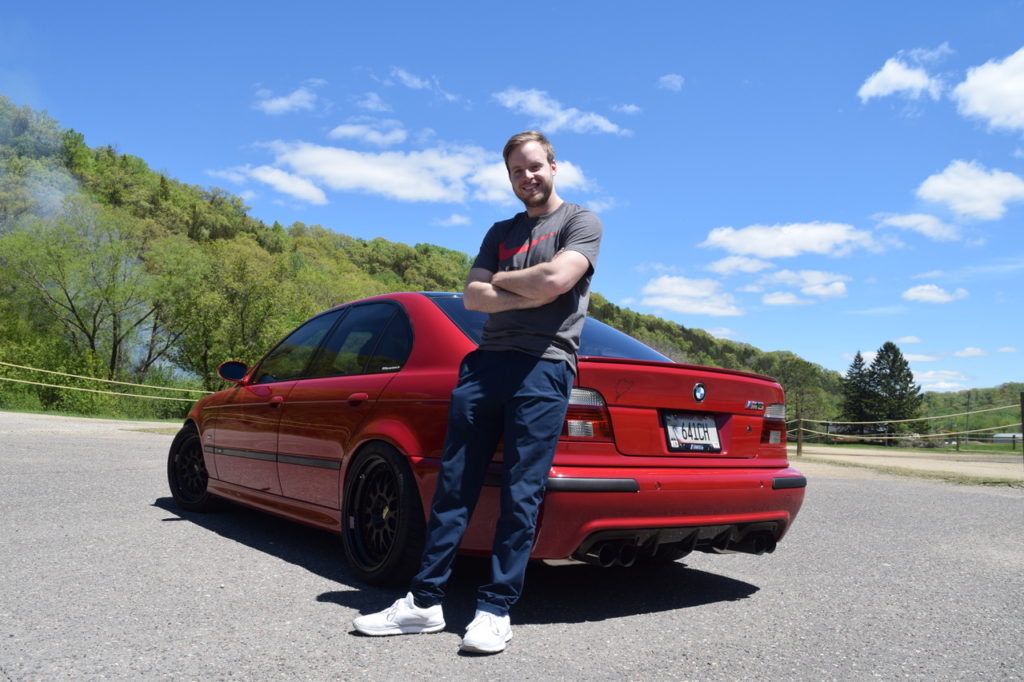
To cope with the newfound performance capability, the M5 itself was also treated to a number of upgrades and modifications. Carbon-fiber has been used in a few areas to save weight, while the drivetrain employs a lightweight aluminum flywheel. Large Brembo brakes are fitted all around, in combination with two-piece floating rotors, and the entire setup is framed by black BBS E88 wheels with a deep offset in the rear, and sticky Michelin rubber at all corners. There are also KW coil overs, a full exhaust, and a lightweight battery, while perhaps the most controversial change was removal of the A/C system, in an effort to save more weight.
Check out the short take-off clip below, in which Richter’s M5 emits a sound that clearly sets it apart from the crowd.—Alex Tock
[Photos and video courtesy Jackson Richter.]

